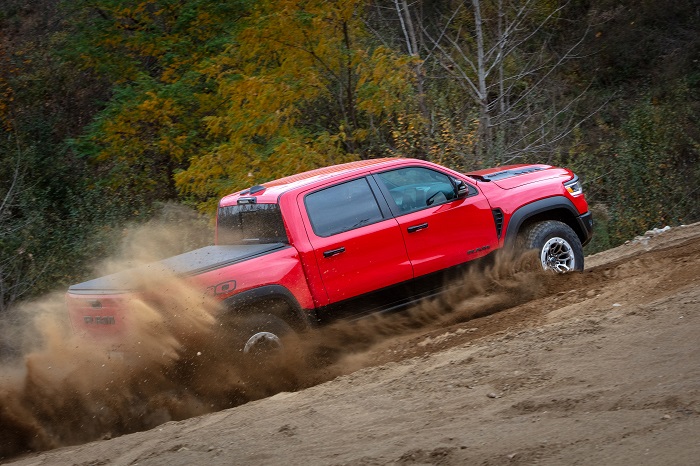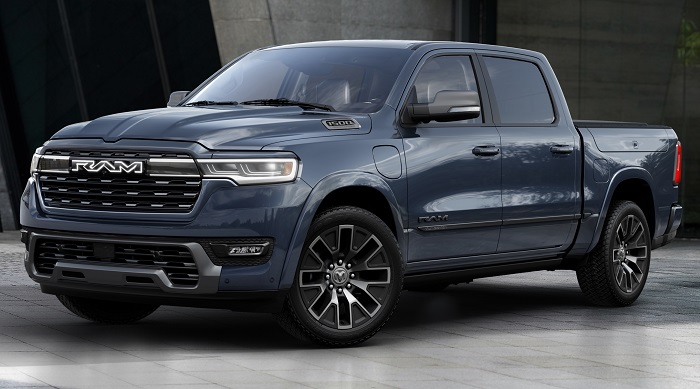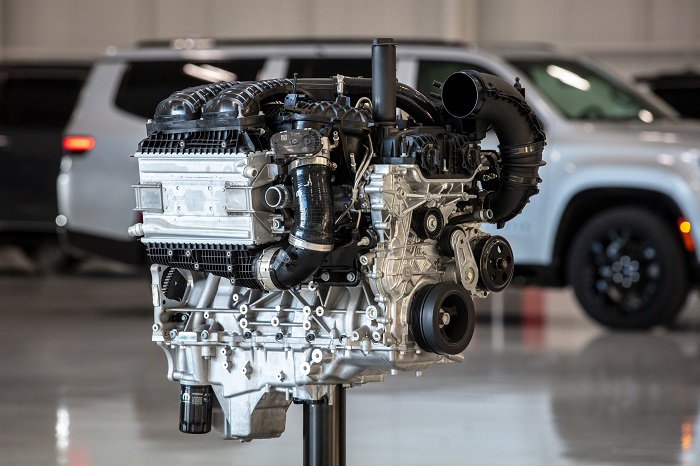Who was the best for 2024?
There is no complete way to answer that question, really. Lexus likely makes fine profits with its relatively low sales, while Mazda’s sales have been rising but profits don’t seem to be following. We can, though, look at different segments and see who is leading them in U.S. sales, armed with the sales reports from GM, Ford, FCA US, and Toyota.

Pickups. Toyota is the perennial leader in midsized pickups, an area where Ram doesn’t compete in the United States. The full-size arena, on the other hand, puts Toyota into also-ran status. The usual pattern is for GM to win overall, when Chevrolet and GMC are added together, while Ford takes #1 as a brand and #2 as a company; and FCA US comes in third, sometimes on GM’s heels and sometimes far away. GM is not helping by having their four Silverados listed as separate trucks this year—normal, heavy duty, medium duty (which is above heavy duty), and EV. We can say for sure the Silverado EV is not threatening anyone, with fewer than 7,500 sales (over 9,000 including the Sierra EV); even the F-150 Lightning had 33,510 sales. Both EVs had better years than in 2023, but the Ramcharger may beat both in 2025 if it gets out early enough.

The real action is still in gasoline pickups, where Ford had 765,649 sales for the year, up by 2%. Chevrolet sold 552,836 but GMC added 322,946 more, making 875,782—trouncing Ford. Ram sold 373,120, a dismal result barely above GMC’s total, down 16% from 2023.
Minivans. Here we know Chrysler won; and GM and Ford have no entries.

Big SUV/crossovers. GM has long been the master of this class, and in 2024 sold 105,147 Tahoes and 44,398 Suburbans, as well as the inevitable GMC Yukon at 87,312. Toyota has the Sequoia with a mere 26,097, and the Grand Highlander at 71,721. Ford’s Expedition logs in at 78,035. With those numbers in mind, the Wagoneer registered 43,125 sales, beating the Sequoia and creeping up on the Expedition. It’s still a newcomer and it takes time for people to find new names, and Wagoneer gained by 48% over 2023. The Grand Wagoneer’s 11,959 may seem like a failure, but the Lincoln Navigator only reached 15,531 and the Land Cruiser is at 29,113; the Cadillac Escalade reached 41,001 as the master of the field.
Midsized SUV/crossovers. Again looking at the top sellers we start with Grand Cherokee at 216,148, down 12% from last year, and move on to Ford Explorer at 194,094. The Grand did outsell the Explorer, which is something to cheer. GM has Traverse at 105,835 but also has the Blazer (with lower sales). Toyota’s Highlander was below 90,000 in sales.

Compact crossovers. Here we’ll look at the top sellers from each company, starting with the worst, the Compass at 111,697 sales. That’s a respectable number, but not the best. Chevrolet sold 207,730 Equinoxes, Ford sold 146,589 Escapes (and 124,701 Bronco Sports), and, brace yourself, Toyota sold 475,193 RAV4s.
Sedans. Ford and GM gave up on big sedans, so the Charger’s 34,754 sales, especially when the Chrysler 300’s 5,295 are added in, are looking pretty good despite the company making almost zero Chargers and zero 300s over the year. Chevrolet sold 117,319 Malibus, though, a good number. Ford sold no sedans at all. Toyota sold a massive number of Corollas, Priuses, Crowns, and Camrys; but most of their sales were with the Camry (309,876 and a 6% increase) and Corolla (232,908, about the same as last year). Charger is back for 2025, though. The company we’re not including, but which you should also think about, is Hyundai-Kia, which has been doing well with sedans in the ranges Dodge and Chrysler gave up on when Sergio Marchionne was calling the shots.

Coupes. Here Toyota struggles, with 2,615 Supras, and 11,426 GR86s; and Ford slumped to 44,003 Mustangs. Chevrolet dropped the Camaro but still sold nearly 6,000 of them, along with 33,330 Corvettes. Dodge may have dropped the Challenger but had 27,056 sales—the last ones were made in December and not brought to dealers until January 2024.
Vans. In the van field, Ford has long dominated. It had 152,738 Transit sales, well over GM’s 44,221 Express sales; Toyota doesn’t compete here, and the ProMaster was respectable with 65,689, well above GM.
Stellantis’ main problems seem to be in the segments they gave up on, largely because Sergio Marchionne had a theory that Chinese automakers would come to the United States long before now, attacking in the low-end-and-mainstream markets. He pulled Fiat Chrysler out of those and he and his successors tried to live on the fat margins of a more limited product range, only for Stellantis to find that, with post-COVID shortages over, that wasn’t a viable strategy. It’s not a strategy Peugeot pursued in Europe, so it’s odd to see them keeping it alive in the United States. Still, there are solutions—more product, lower prices, less cost-cutting. Mopar can return as it has many times before.
Discover more from Stellpower - that Mopar news site
Subscribe to get the latest posts sent to your email.